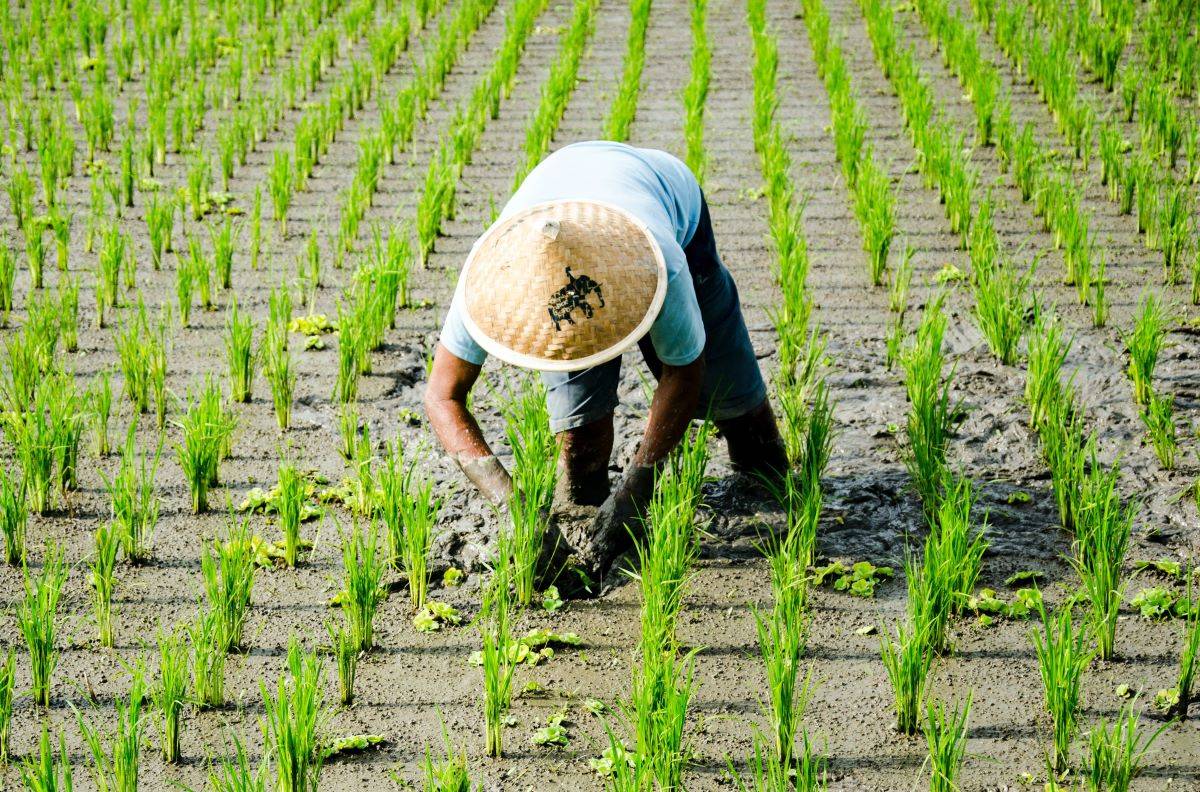
China's food security is at risk as extreme weather conditions exacerbate the country's economic woes. The Chinese Meteorological Administration has warned of the impending El Niño phenomenon, which is expected to bring floods to the southern region and droughts to the north in the coming weeks and months.
A recent study published in the peer-reviewed academic journal Nature Food reveals that China's extreme weather conditions have caused a decline in one-twelfth of the country's total rice yield over the past two decades. This decline poses a significant threat to China's food production and security.
The United States National Oceanic and Atmospheric Administration recently announced that the impact of El Niño could persist for eight to 10 months, gradually strengthening into the Northern Hemisphere winter and extending into the next year. This forecast further heightens concerns about China's agricultural output and food security.
In late May, the Chinese Department of Emergency Management issued a warning about heavy rain, floods, and hailstorms expected to affect the northeastern and northern parts of the country, which are major grain-producing regions. At the same time, Yunnan province in southwestern China continues to face severe drought conditions.
China's National Climate Center (NCC) recently reported that the country has witnessed the highest number of hot days in the past six decades. Unusually frequent heatwaves have affected northern cities, a rare occurrence according to the Global Times. The NCC's notice reveals that China experienced an average of 4.1 days in 2023 with temperatures exceeding 35°C, the highest number since records began in 1961.
The combined impact of these extreme weather events is a cause for concern. The National Disaster Reduction Committee Office, along with ministries of natural resources, water resources, agriculture and rural affairs, the China Meteorological Administration, and the State Forestry and Grassland Administration, have painted a grim picture of the country's future.
The report suggests that the northern regions face a heightened risk of water-related disasters, while the south is likely to experience prolonged drought. Eastern China, a crucial engine of economic growth, may face disasters triggered by typhoons. China's food security situation is further compounded by its status as the world's largest wheat importer in 2022, bringing in an estimated 12 million tonnes, according to the US Department of Agriculture.
Rice imports reached 4.56 million tons from January to August 2022, a 42.5% increase compared to the previous year, as reported by China's General Administration of Customs. Furthermore, China imported 20.63 million tons of corn in 2022, as disclosed by the Ministry of Agriculture and Rural Affairs.
















